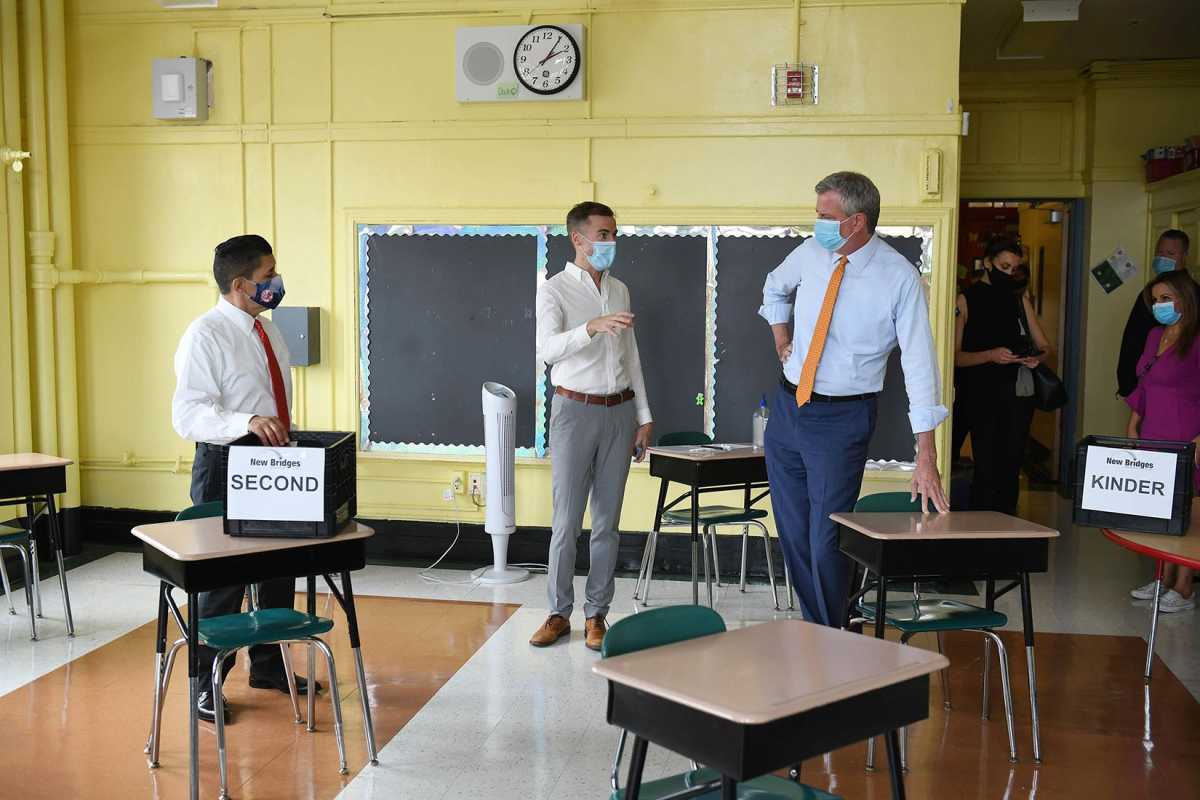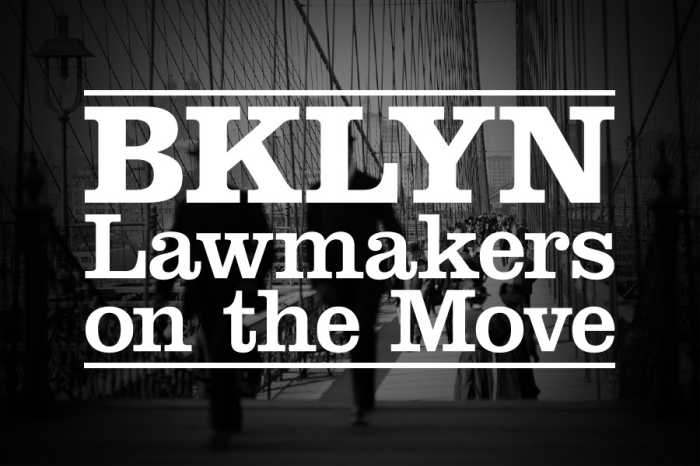Following heated opposition from the United Federation of Teachers (UFT) over initial plans for New York’s public schools to reopen on September 10, the teachers’ union reached an agreement with the city Tuesday to delay the reopening until Sep. 21 to better prepare the school system for the COVID-19 pandemic.
Under the revised plan, teachers will report to buildings on Sep. 8 as originally scheduled and will have dedicated time for training, professional development, and readiness to collaborate and prepare for blended and remote learning. Beginning Sep. 16, teachers will begin to engage students in preparations and orientations to help them acclimate to the new school year.
Beginning immediately, prioritized access to testing will be available to students, teachers, and DOE school-based staff at 34 sites across the city. These sites will give priority to all DOE workers so they can quickly be tested, and provide results within 24-48 hours.
Beginning Oct. 1 and recurring each month, it will be mandatory for schools to test a random 10-20 percent sample of their students participating in blended learning and on-site staff population. Families will be asked to sign a consent form at the start of the year for their child to participate at random, and be notified ahead of time if their child has been selected for the month. The City will not reopen schools if the citywide infection rate exceeds 3 percent.
Elected officials around the city expressed measured relief about the new plan.
Assemblymember Catalina Cruz (D-Queens) expressed some of her fears about what a hasty reopening could have looked like.
“Many of the families I represent are essential and front line workers facing the dilemma of needing to return to work while balancing the basic educational needs of their children,” she said. I am extremely concerned that, without a seamless plan, we could end up with a second surge of cases in our already vulnerable community. This would not only endanger the lives of our children, teachers, and administrators but force the city into further economic despair. We are already witnessing the potential for a second wave, as positive cases at colleges across the country have been reported in recent weeks.”
Assemblymember Nicole Malliotakis (R-Brooklyn, Staten Island) embraced the terms of schools reopening, but expressed regret that it took this long for a plan to come out.
“The agreement reached today by the United Federation of Teachers and City Hall is a step in the right direction for the students, their parents and public education in New York City. The reopening of public schools is an extremely important step for our city and must be done safely and with caution,” she said. “It is disappointing that Mayor de Blasio took so long to develop a plan despite pressure from the Governor and elected officials. As a result, in-class instruction has unfortunately been delayed by a few weeks, but it’s encouraging that steps are being taken to finally reopen New York City’s public schools.”
City Council Education Committee Chair Mark Treyger (D-Brooklyn) also celebrated the announcement but expressed concerns over its limits. “Today’s announcement still leaves many unanswered questions on how the DOE will be prepared for the extraordinary needs of their students and families this year. In order to reopen safely, we need adequate testing protocols, additional time for planning, and enough funding to meet safety standards,” he said.
“What we have today is far from what we need to ensure that the inequities of remote learning are not perpetuated and deepened in this school year. There are well-publicized concerns around how hybrid learning will meet the needs of students with disabilities, students in temporary housing, and multilingual learners, among others. There are many unanswered questions around childcare, and how working parents are supposed to make hybrid learning functional. It remains to be seen if this agreement helps the City bolster its case to Albany for desperately needed borrowing authority to adequately fund schools to safely operationalize plans without cutting corners. The administration has engaged in ambitious and transformative thinking on education before; now, more than ever, we need that level of energy, focus, and commitment.”
Still, Senator Brad Hoylman (D-Midtown West, Chelsea, West Village) was hopeful that the problems that Treyger highlighted could be fixed between teachers returning on Sep. 8 and students returning.
“As a parent, I want a safe and sustainable reopening that protects my kids and their teachers, and our entire community,” he said. “I am grateful to the UFT for fighting for safety and I am hopeful that the City will use the delayed reopening announced this morning to tackle the issues with ventilation, PPE, and other issues that have been raised by fellow parents and teachers throughout the summer. I unequivocally support the right of all teachers to work remotely until they’re fully satisfied that classrooms are safe.”
Kyle Bragg, President of 32BJ SEIU, which represents school cleaners and handypersons, agreed.
“As the union representing 6,400 NYC public school cleaners and handypersons, we strongly support Mayor de Blasio’s decision to delay school reopening by 10 days to ensure that facilities are fully ready to serve millions of students, teachers and their families,” he said.
Former principal and Democratic nominee for the 16th Congressional District Jamaal Bowman (Bronx, Westchester) was unable to comment by post time.








